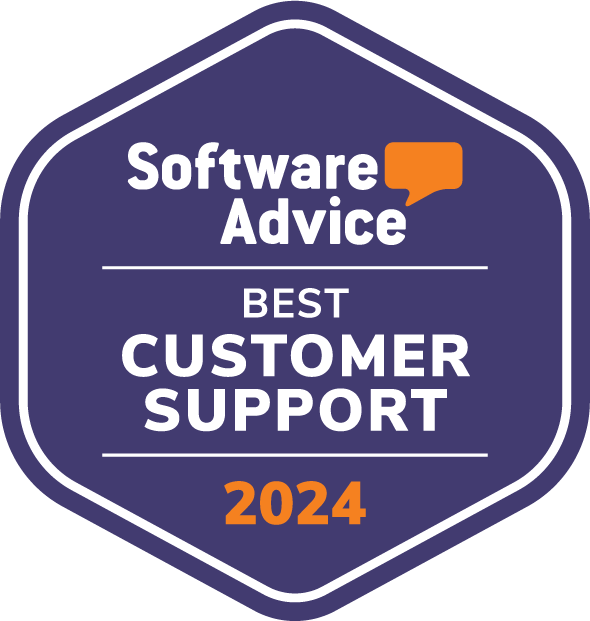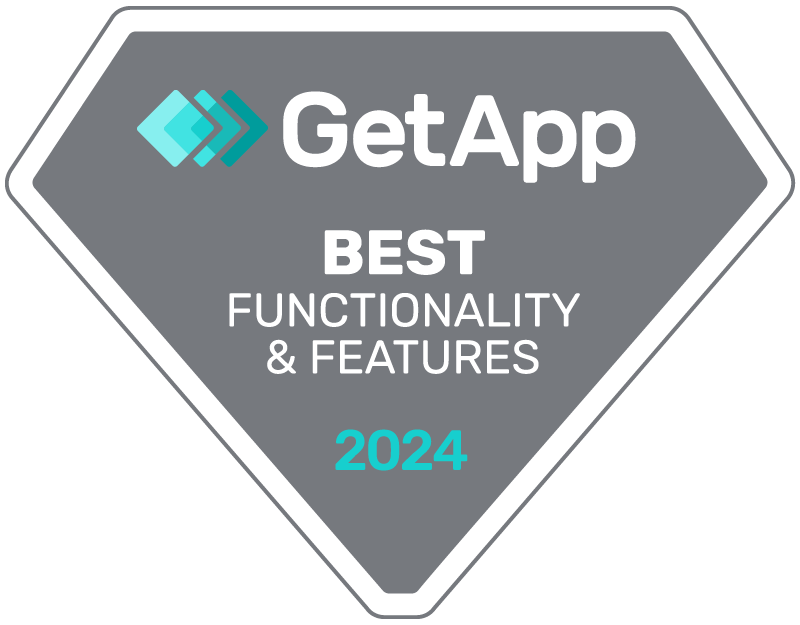TL;DR
Cold calling still drives B2B appointments, but not with outdated tactics. Discover 10 techniques to make your calls generate leads, not annoyance.
– Differentiate yourself: Leverage the low average standard to stand out.
– Target effectively: Focus on quality over quantity with personalized outreach.
– Master your pitch: Keep calls under 2 minutes, with a positive, confident tone.
– Prepare for success: Have scripts ready and anticipate common objections.
– Iterate for results: Track your calls, analyze data, and optimize your strategy.
Passez à l'action avec nos playbooks prêts à l'emploi Séquences et templates testés par +5000 utilisateurs avec 30%+ de taux de réponse
Découvrir les playbooksTable of contents
Cold calling is a term that often conjures up images of annoying salespeople bombarding you with offers you have no interest in.
But what if I told you that cold calling can be a powerful tool when used correctly?
In this article, we’ll dive deep into the world of cold calling strategies and why it’s still relevant in today’s digital age.
What is cold calling?
Let’s first get the basics out of the way.
In its simplest form, cold calling is making a direct phone call to someone who may have never heard of you or your business. It’s a technique that lasts less than a minute and its sole purpose is to book an appointment with that person.
Why is cold calling still relevant today?
So, why is cold calling important? Despite the perception that it’s outdated and annoying, cold calling remains a valuable strategy for several reasons.
First of all, it seems outdated, because when you think cold call, the image most people have is of the pushy salesperson from a telecom company:
Doesn’t that seem like a pain? 🤨
Want some actual call scripts that are used by actual experts? Ask and you shall receive! Click here 👇

But here’s why cold calling is still important today:
- Differentiation
Basically, the image we have of the cold call is everything you shouldn’t do as a cold calling technique; it’s that horrible, spammy call that’s so off-putting.
So what’s cool is that today, because people have that bad image, it’s very easy to differentiate yourself in your cold calling technique. Because the average level is super lame.

- Targeted Outreach
Gone are the days of mass email campaigns with generic messages. To succeed in modern outreach, you need to narrow down your target audience and focus on quality over quantity. By using cold calling techniques, you can engage with a highly targeted list and increase your chances of success.
That’s why calling them is so effective — it shows the prospect that you’re not just another random, automated message, but rather a human attempting to reach out to another.
Cold calling techniques that actually work:
Cold calling, is a tough nut to crack. It’s emotionally draining to face rejection throughout the day, and very few are willing to do it. Even among those who attempt cold calling, most struggle to do it effectively.
In order to help you succeed, here are some of the strategies to follow:
Technique 1: Segment your lead list
The first thing to do is to segment your database. You’re not going to call just anybody. You really need to call the people for whom your product is going to be most relevant.
Technique 2: Don’t take too long
A great cold call lasts one minute. The longer the cold call, the greater chance you have of being rejected.
This is because most people don’t want to be on the phone for too long. So, keep it short but sweet.
The maximum time you should aim for is 2 minutes*.
*Unless of course the lead questions you about something you said or is interested, etc.
Technique 3: Mind your tone
The first ten seconds are crucial, and you must engage your prospect immediately. The tone of your voice plays a vital role as a lot happens through the energy it conveys.
Before making the call, remember to smile! Yes, literally smile with a big grin on your face!
It can be heard over the phone, it’s a big boost for the other person, and overall positively impacts the conversation. Approach the call with a cheerful attitude, as it can make a significant difference.
You should also keep in mind that your purpose is not to inconvenience your contact but to assist them if they have a need.
Be confident, maintain a relaxed demeanor, and try to use formal language but address the lead by their first name.
Technique 4: Always have your script at the ready
Make sure you have your script close by, so you can easily refer to it if needed.
With La Growth Machine, you can access your script at any moment; be it before, during or after the call 😉
Here’s an example of what it might look like 👇

And this is where you get them! Your lead sees a random number who knows a lot about them calling them, which gets them intrigued, they’re asking you why. So now you got your 30-second window to do your pitch! You can simply answer:
Really talk to them as if you were talking to a stranger on the street. Just be nice and respectful.

And so here, basically, you just need to have the three key arguments from your script that make them want to meet you:
And bam, you got your meeting!
Want some actual call scripts that are used by actual experts? Ask and you shall receive! Click here 👇

Technique 5: Prep for rejections
Objections should also be part of your script. Once you’ve made your pitch, the lead can not say yes right away and raise a few objections.
Anticipate the most common objections and prepare smart responses.
If they decline right away, it’s not necessarily the end. You should seek to dig and understand why and what their current situation is.
This opens the door for further conversation. Find out when would be a better time for them.
They may say something like, “We’re swamped right now. Can you call me back after the summer or in October?”
In this case, set a reminder to call that person on the specified date. This way, you have a reminder to follow up when they suggested.
For objections like “I don’t have time” or “Send me an email,” you need to have countermeasures.
Finally, don’t be disheartened by rejections. Remember that you don’t know what kind of day the person on the other end is having. They might be overwhelmed with calls, or something else could be bothering them.
Don’t take it personally. If you secure even one appointment a day, it’s a win and a step forward for your business. Which gets me to my next point:

Technique 6: Have daily or weekly targets
Targets serve as a constant reminder of what you want to achieve, and they provide a tangible measure of your progress. Aim for realistic targets, whether it’s making a certain number of calls per day or securing a given number of appointments per week, or both!
In some cases, your team may even exceed these expectations. In that case, reward your high-performing individuals! Consider granting them a day off as a reward for their exceptional performance.
Technique 7: Use Onoff
Onoff is a French company that offers a powerful mobile application that grants you separate professional phone numbers for your cold calls. Consider using it to avoid compromising your own number and having it blacklisted.
Here’s how it works:
- Download the OnOff app to your smartphone.
- For just 5€ per month (for a French number, 15€ for an international one), you’ll get access to a new phone number dedicated to handling your cold calls. This number serves as your professional line for making calls to potential clients.
Technique 8: Book meetings during the call
Another key point to remember is that at the end of the cold call, if the person agrees to set up a meeting, do it right then and there instead of scheduling it for later.
This way, you can ensure that they receive the meeting invitation and accept it with you present, avoiding any potential mishaps.
Furthermore, using a CRM tool, you can directly schedule appointments on both your calendar and the recipient’s calendar.
Right after scheduling the call, you can confirm if the invitation was received, assuring a successful arrangement.
This approach helps ensure that your conversation isn’t forgotten or dismissed as just another pain-in-the-butt call in the lead’s calendar.
Technique 9: Engage your leads at the right time for them
Finding the right time of day that works best for your lead is also important.
In fact, depending on your line of work, you’re going to have time slots
that work better or worse.
Ultimately, the ideal call timing depends on your specific target audience, so testing different time slots is crucial.
Technique 10 Test. Analyze. Iterate
You should maintain detailed reporting on your cold calls, tracking who you called, call timings, and durations. This data will help you analyze response rates based on weekdays and call times.
Consequently, you can optimize your calling schedule for better results.
Additionally, once a call is scheduled and confirmed, the lead’s contact details should be immediately (whether automatically or manually) logged into your CRM.
This means the lead is placed at the beginning of your pipeline. From there, your sales workflow should run smoothly.
Get 3.5X more leads!
Are you looking to improve your sales department’s efficiency? LaGrowthMachine allows you to generate an average of 3.5x more leads, while saving an incredible amount of time on all your processes. By signing up today, you get a 14-day trial period at no cost to test our tool!
Try it out yourself!
I’ve just shown you 10 techniques for you to get so much more out of your cold calls!

These techniques work wonders. But in using them with La Growth Machine, you can increase the potential of your campaigns tenfold!
So what are you waiting for? Try La Growth Machine for free now!
Want some actual call scripts that are used by actual experts? Ask and you shall receive! Click here 👇












Comments